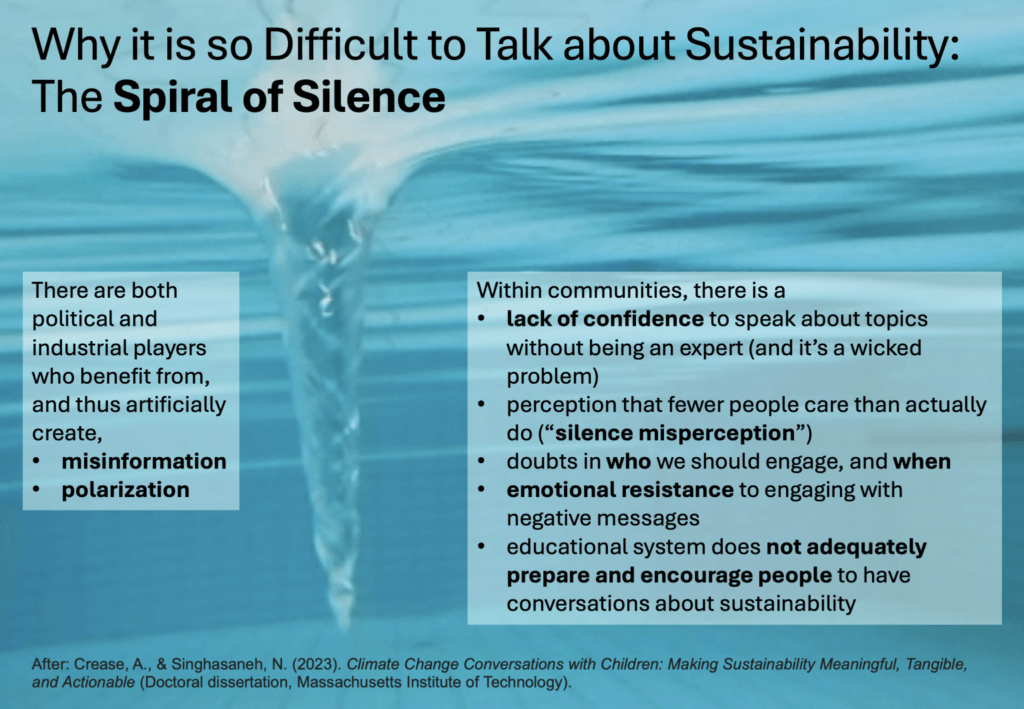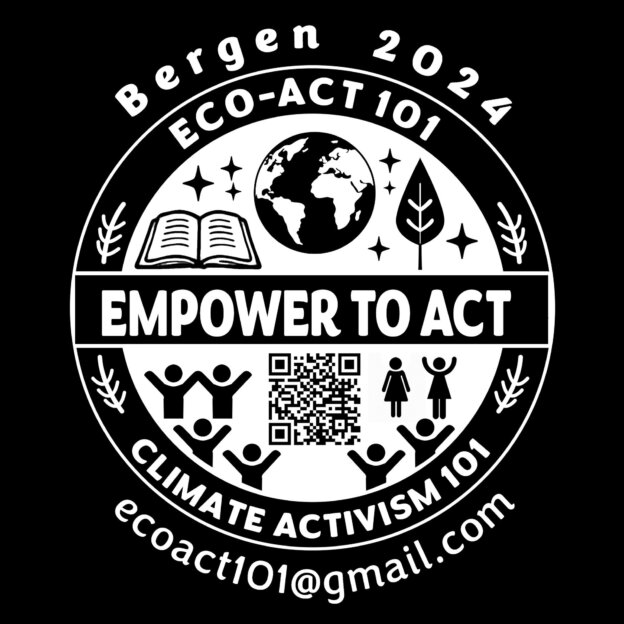I am taking the open “Climate Activism 101” course, organised by Robert Kordts for Scientist Rebellion Bergen. Here, I am summarising my impressions and take-aways from the first meeting today!
First, why am I doing this? My goals with participating in this course are on two levels: Most importantly, I think it is amazing that this course is happening in Bergen, and I want to see what I can learn from it to improve and inspire my own teaching, especially in the area of teaching for sustainability. But then, I am also hoping to build a network of cool people and learn tons about Climate Activism that can also become useful in my own activism.
We started the course with an introductory round. What I found very interesting to note was that of the 20 or so participants in total, about half had a background in something related to climate sciences. Most participants were in the room in Bergen, but me and another person joined online. I am not 100% sure because it wasn’t possible to hear every word in all introductions, but it seemed like only one of the participants was Norwegian! This is something that I have noticed here in Sweden as well — many people that are active for example with the Climate Fresk or Biodiversity Collage are foreigners. I don’t know whether that is because it is easier to be an activist in a foreign country than at home (which might be the case — I wasn’t active in Germany, either), whether the places I am active in are the ones that mostly attract also other foreigners, whether it is just not as big a topic in Scandinavia as it is in other countries. Who knows, but at least one participant remarked in their introduction (or better — someone mentioned about someone else while introducing them) that it seemed to be almost a taboo in Norway to be an activist as a climate scientist. And I share that perception from my time there a decade ago. Things might well have changed since then, but my impression is that still now it is accepted to do “outreach” (also difficult concept since it implies a deficit model), but that there is a very strong line between fact-based science communication and any kind of activism. This might be due to the effects mentioned in the Spiral of Silence (see also image below) — we don’t like talking about things we aren’t experts in, and as climate scientists we are experts in the science, but not in what people should do with it; we don’t see other people talk about the topic, so we also don’t want to talk about it ourselves (Btw, I am trying to work on that by, for example, writing this blog post!); we don’t know how other people are going to react if we bring up the topic and are reluctant to deal with negative reactions and emotions; we simply don’t know how to bring up the topic — or because people feel so much guilt about constantly flying around the world that it is easier to just focus on the science than to face its implications. In the small group that I discussed with, it was suggested that it is a lot easier to be an activist on a topic that you aren’t researching yourself. Someone else said that a goal in this course was to react less emotional when discussing climate science, they got so frustrated when talking with people who either don’t know the science, don’t want to know, or misrepresent it. Which is a very understandable reaction, of course!

Next, we talked about what activism is. I am sure there are definitions that say otherwise (and I might change my mind going forward in this course, who knows!), but I don’t think it is helpful to gatekeep what counts and does not count as activism. I think that a threshold of that sort might discourage people from taking the first step, when I would rather make it as easy as possible to confront injustices (as one participant defined activism), even if people might start out small. As the same participant said: The perfect action does not exist, but we do have to start from somewhere.
In the discussions, there were several ideas of activism that were brought up that resonated with me: A very simple one is a “slow march” instead of blocking a road for real, just a bunch of people walking somewhere very slowly to raise awareness of a topic. And another one that I actually think could be fun to initiate: A Facebook group where people share, for example, emails that they wrote to a company to address problems related to sustainability so that others can edit it and also send. Or where they share links to resources with the goal to write qualified / positive / constructive comments in a discussion that might otherwise be dominated by unqualified / negative / destructive comments. Or where they share low-threshold actions we can take, like signing some collection of signatures for a campaign. That group seems like such a low threshold thing to do! Maybe it is something that can be the outcome of our course?
To summarise my impressions of today’s meeting:
- Even though I had quite a long day before the course started, I actually gained energy from attending!
- It is always awesome & inspiring to meet like-minded people, and we should provide many more similar opportunities, also here in Lund! Or online?
- With that Facebook group I mention above, I already have a good idea to get my own activism started!
- I am looking forward to reading a very long list of literature before the next meeting!
The evening ended for everybody in Bergen (or at least those who wanted to participate, I am assuming, but I wasn’t there) with some “active activism” that involved a megaphone. Since I wasn’t there, I am ending the evening on my own couch, with my own blog (hello, enmeshment that I wrote about only this morning!), summarizing the meeting. But, I have to proudly announce, I am doing this after half an hour of “active rest”! And since I am getting energy out of that and now out of this, I will now start reading and summarizing a bit of the literature for next time! But that will be published in a later post.

Pingback: Reading in preparation of the next meeting of "Climate Activism 101" - Adventures in Oceanography and Teaching